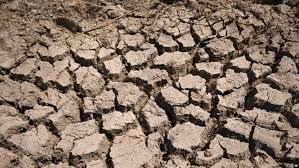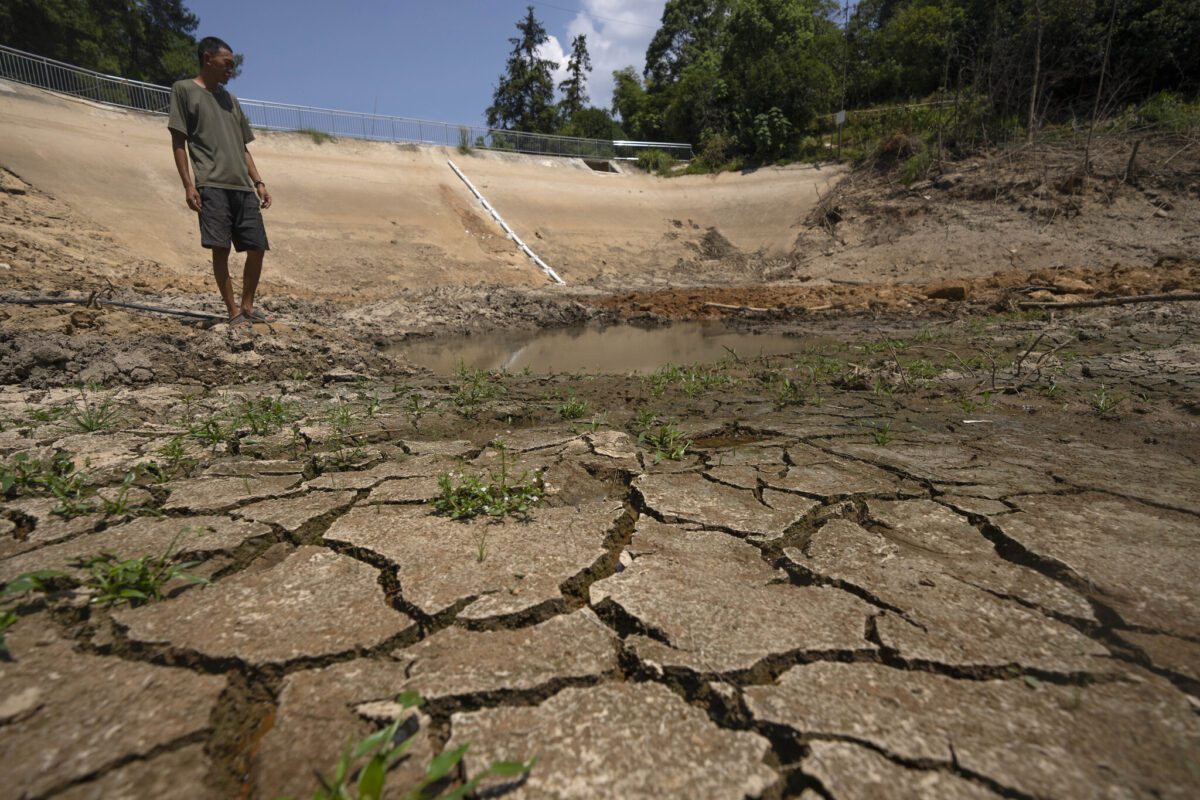China is struggling with intense heatwaves sweeping across the nation. June marked the second hottest month on record, accompanied by a rare lack of rainfall, posing significant challenges to the agricultural sector.
The province of Union experienced its driest spring season ever, while large areas from eastern Mongolia to Northern China face prolonged arid conditions. Corn and soybean producers in these regions are to prepare for worsening conditions ahead.
https://www.youtube.com/hashtag/kechhotline
Unfortunately, there is no luck in July as it is predicted to bring more relentless heat. Heatwaves have become more frequent, with forecasts indicating above-average temperature spikes, particularly in Northern China and along the Yellow River and the Hawaii River regions.
These unfavorable conditions necessitate prioritizing energy supply and power dispatch to combat potential shortages. Heat alerts have increased by 80% in the past month alone, emphasizing the severity of the situation.
The consequences extend beyond immediate discomfort. China’s agricultural production, a crucial pillar of the economy, is therefore at huge risk. Diminished precipitation and soaring temperatures have led to parched fields and reduced crop yields, which can impact global food production and supply chains.

Read Also: Visually Impaired Innovator Unleashes Boundless Creativity
To mitigate the impact on agriculture, China must focus on water conservation, improved irrigation systems, and support for affected farmers. Exploring climate-resilient crop varieties and investing in research and development are vital for long-term resilience.
China’s struggle against these heatwaves serves as a reminder of the urgent need for global action on climate change. Extreme weather events demand collective efforts to reduce greenhouse gas emissions, adopt sustainable practices, and protect vulnerable communities.
Subscribe to our Youtube channel Switch TV











































